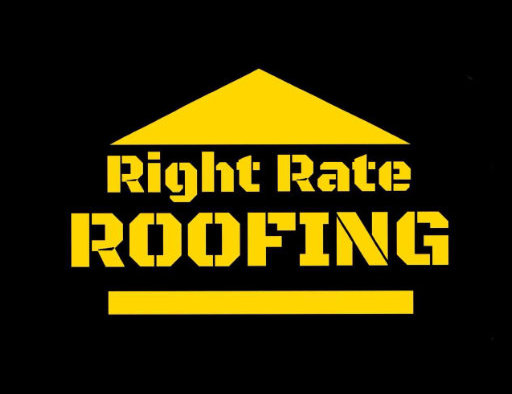Types of Asphalt Roofing Shingles
In addition to maintaining the integrity of your roof’s structure and helping to keep out water, roofing shingles also add a tremendous amount of curb appeal and value to your home. The type of roofing shingles you choose can also affect your roof’s durability against wind, rain, hail, and other weather events.
Learn more from Right Rate Roofing about the different types and styles of roofing shingles.
Asphalt Roofing Shingles
Asphalt roofing shingles are reliable, affordable and among the most popular roofing material in use today. According to the Home Innovation Research Labs’ 2018 Builder and Consumer Practices Report, 70% of roofing materials used in residential new construction, roof repair, and roof replacement projects were asphalt shingles.
There are many varieties of asphalt shingles, some designed specifically to accommodate regional weather or unique roof designs.
3-Tab Roofing Shingles
3-tab roof shingles are used on many homes in the United States.
They feature three distinct tabs of equal size, providing a symmetrical look across the roof.
These traditional asphalt shingles have a repeating rectangular shape separated by “slots” and are typically less expensive than other asphalt shingle options. Installation requires care on the part of the roofing contractor to ensure the “slots” created by the shingles are straight.

Architectural Roofing Shingles
Considered to be a premium type of asphalt shingle, architectural roofing shingles are also called dimensional shingles or laminated shingles because there are two layers of shingle pieces laminated together to provide a dimensional look. Roofs covered in architectural shingles have an aesthetically pleasing appearance thanks to the variation in shingle sizes and shapes.
Due to their increased thickness, architectural shingles typically have a longer manufacturer warranty and some brands are rated to resist higher wind speeds.

Impact-Resistant Roofing Shingles
Impact-resistant shingles are shingles that are modified and enhanced to withstand impact from hail or other debris that might fall on your roof. There are different ways that the shingles are modified to achieve this resistance.
For instance, some shingles are reinforced on the back with a reinforcing fabric, while other shingles contain asphalt mixed with polymers, such as styrene-butadiene-styrene (or SBS) which adds a rubberizing effect to the shingles. These modifications increase the shingle’s ability to absorb the energy from a hailstone, or another source of impact, which helps to reduce the intensity of cracking, denting, or other types of damage.
Blog Source: Owens Corning

